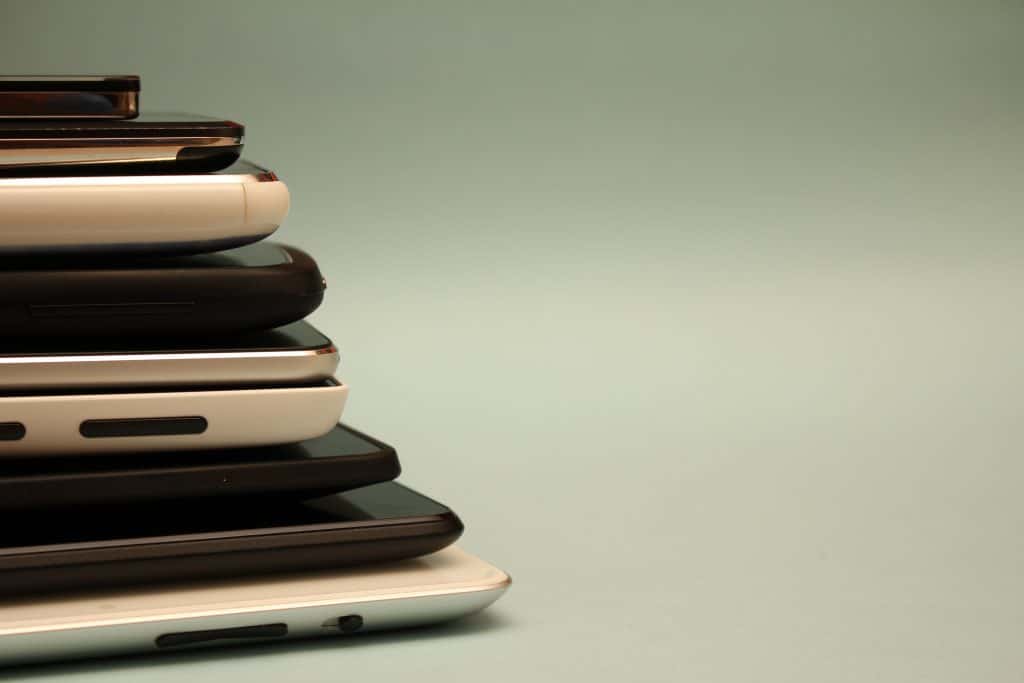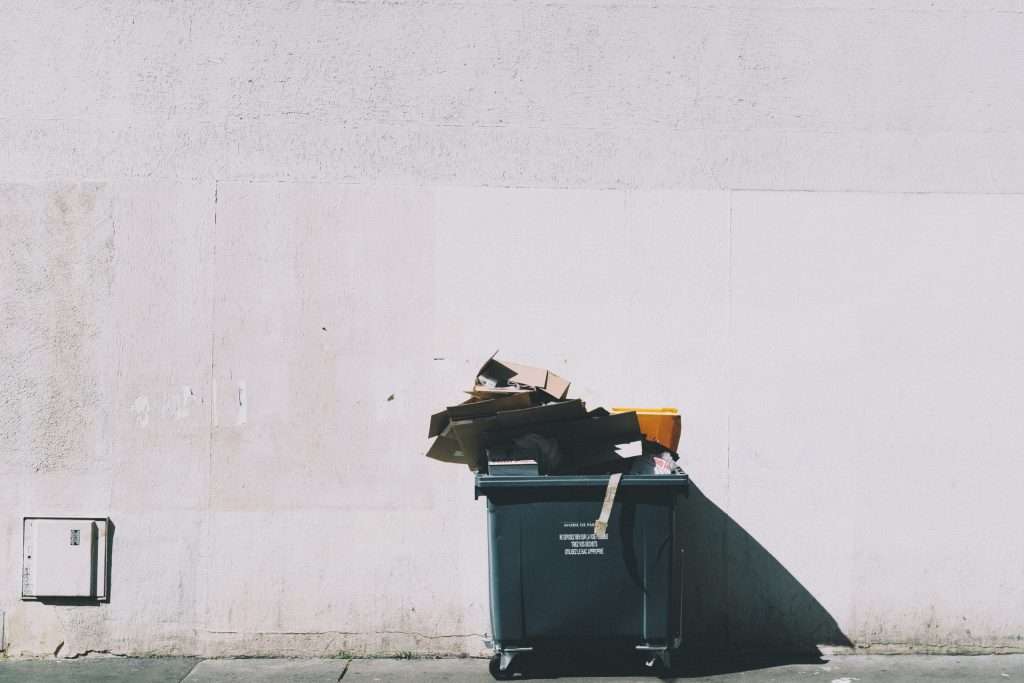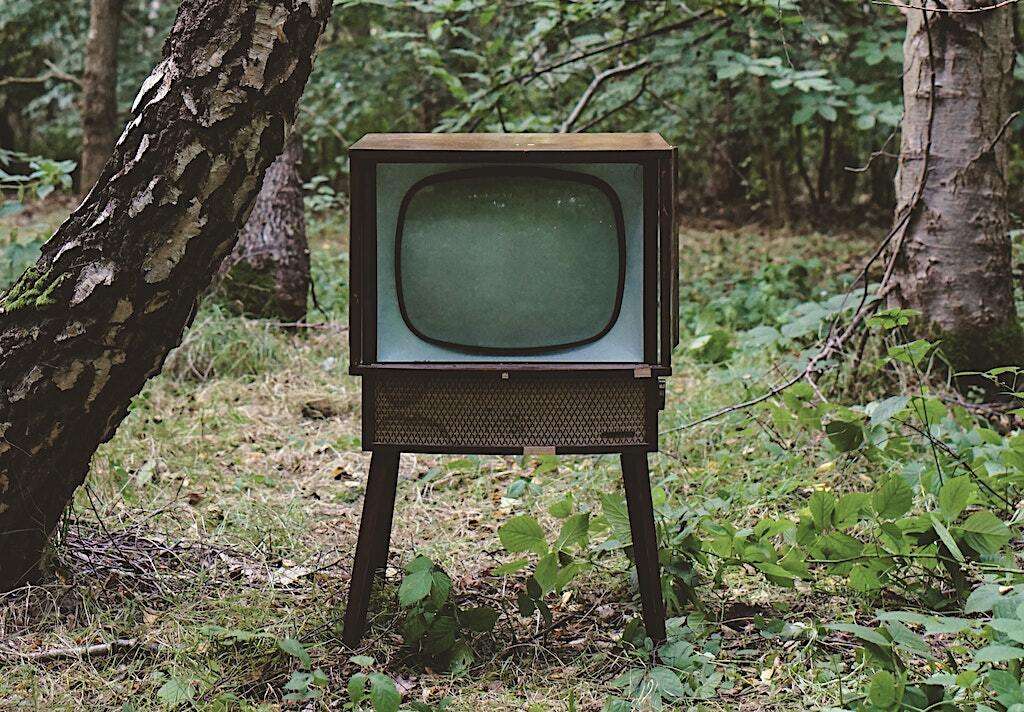Whether a business or individual, there’s likely electronic equipment in your orbit that no longer works. Here’s how to sustainably reduce, reuse, and recycle electronic equipment.
Sustainability is at the centre of public discussion. In 2021, world leaders gathered at COP26, deciding that greenhouse gas emissions need to see a reduction of 45 percent by 2030, and net zero will be achieved by 2050.
To achieve these goals, businesses throughout the nation must continue to minimise and reverse the negative effects of global warming. This can be achieved through actively reducing, reusing, and recycling wasted goods, including waste electric and electronic equipment (WEEE).
Here, we will explore the importance of reducing, reusing, and recycling electrical items.
How can you reduce and reuse WEEE waste?
First and foremost, businesses should think about reducing and reusing electrical waste. If the waste hierarchy is taken into account, elimination comes before anything else. This means thinking ahead and purchasing sustainable equipment with an Electronic Product Environmental Assessment Tool (EPEAT) badge.

EPEAT-registered products must meet environmental performance criteria that address: materials selection, design for product longevity, reuse and recycling, energy conservation, end-of-life management, and corporate performance. It may also mean buying protective gear and prolonging the life of electrical items.
In addition to this, companies can consider the benefits of reusing electrical equipment. If business owners decide to upgrade their computers, they may wish to donate the replaced equipment rather than throwing these away. Not only will this prolong the life of such technologies, but it will also enable charities or organisations to give these to people who will benefit from them.
How can you recycle WEEE waste?
In 2014, the U.K. government introduced the Waste Electric and Electronic Equipment (WEEE) regulation. This has ensured that disposing of any electrical or white goods waste, from televisions to fridges and camcorders, is a legal requirement for consumers and businesses alike.
The correct disposal of electrical equipment is of utmost importance. In the U.K. alone, we produce 2 million tonnes of electric and white goods waste annually. Large items, such as fridges, account for over 40 percent of this. If poorly managed, this waste can accumulate, release harmful gases, and further damage our ecosystem.

This is where WEEE recycling, a system that ensures all electrical and white goods items are reused wherever possible, comes in. Here at the Reconomy Group, we encourage the regeneration of certain materials from these products, such as metals and glass. These can then be recycled and placed back into the circular economy.
Dangers of incorrect waste disposal
The U.K. produces an inordinate amount of electrical waste. In 2019, this amounted to 1.6 million tonnes or 23.9kg of waste per person. To ensure the nation does correctly dispose of this waste, customers and corporations need to understand the dangers of wrongfully doing so.
Electrical waste has a slow decomposition period
Technology was built to last. We wouldn’t want our mobile phones decomposing in our hands, after all. In fact, electrical waste can take 2 million years to decompose naturally, compared to just 2 weeks for paper. As a result, waste in landfills is not an option for electrical and white products.
This means that incorrectly placing electrical or white goods in landfills can fast become an issue. The sites would no doubt overflow with the latest gadgets, and if the nation continues to amass a large amount of electrical waste, the chances of this happening grow more and more likely.
WEEE waste can contaminate soil and water
In addition to lengthy decomposition timeframes, electrical waste can also contaminate the ground they are buried in. This is because they contain hazardous chemicals, such as mercury.
Electrical appliances over 20 years old can contain asbestos, although it isn’t as commonplace today. Mercury can also be found in mobile phones made before 2006. These chemicals can be harmful to the ecosystem surrounding landfills and contaminate local water sources.
Reducing, reusing, and recycling electrical equipment has never been easier. Businesses can access a wealth of information regarding the sustainability of electronics, giving everyone the chance to think with the environment in mind.

Once companies decide that an electronic device is of no use, they can always donate these to other places and spaces that need it more. One of the key objectives of the WEEE directive is to reduce the number of electrical products entering landfill sites in the U.K., which is set to be achieved by placing an obligation on producers and manufacturers to provide free and accessible recycling services to their customers.
So what about recycling? In the U.K., less than 40 percent of our electrical waste is collected and recycled by professional and governmental bodies. Therefore, to ensure we build a brighter future for younger generations, sustainable waste management within the private sector is more important than ever.
Whether you’re a small business or a multi-national corporation, you can benefit from partnering with a sustainable waste management company that provides WEEE recycling and the potential to increase social value. As well as this, you can use your status to influence those around you. How will you encourage WEEE recycling?
Related on Ethos:


